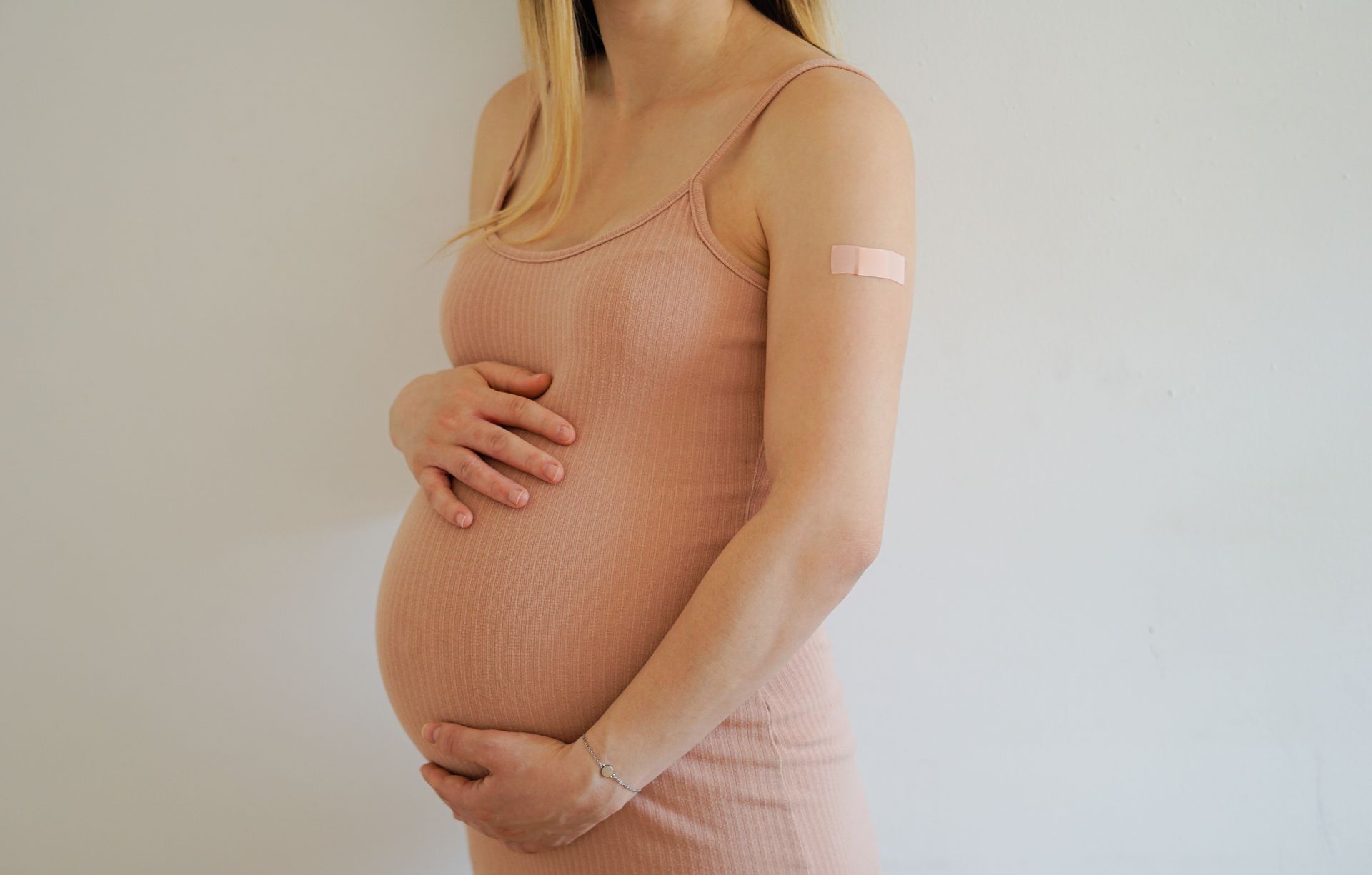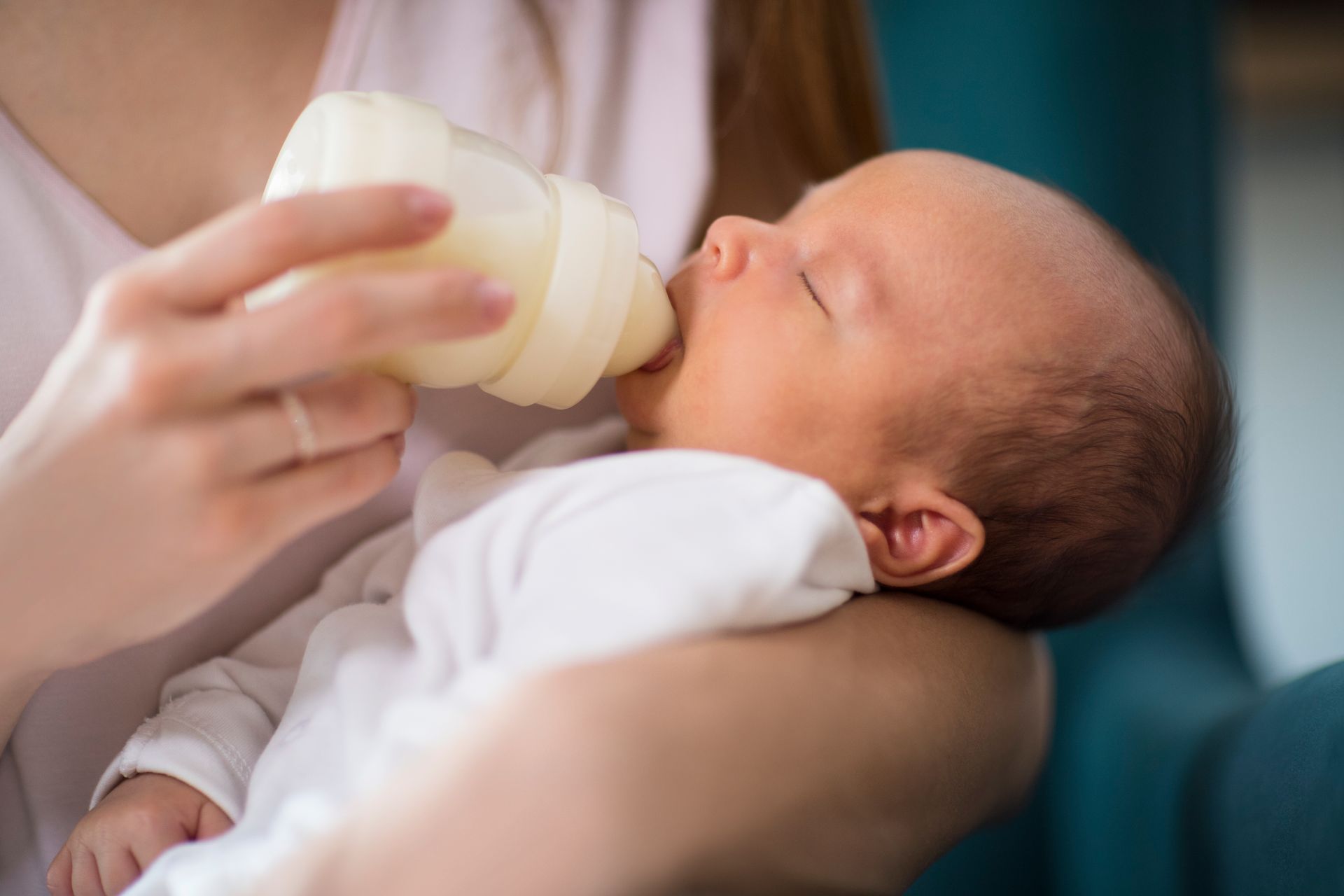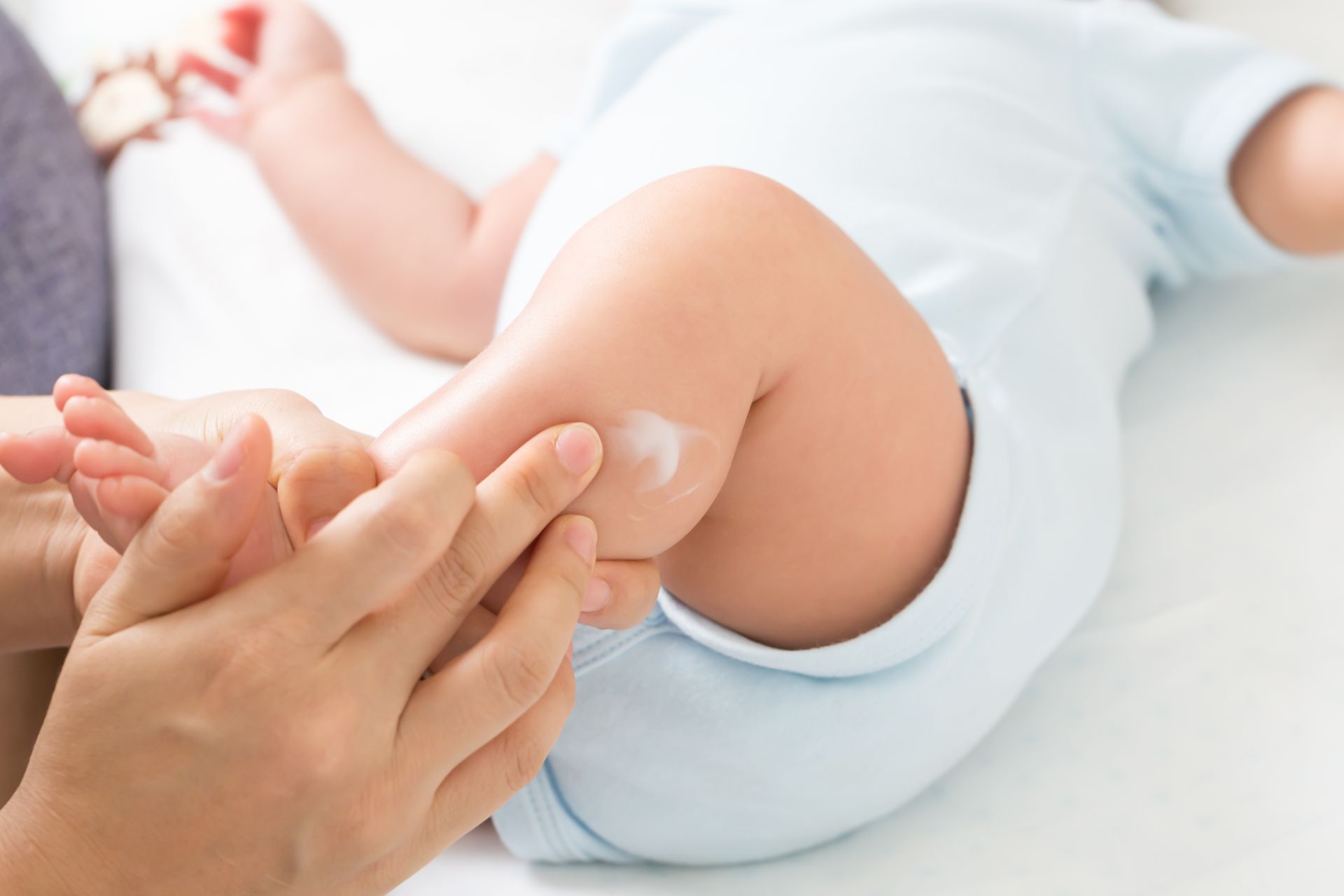Understanding Newborn Jaundice: What It Is and How to Manage It
A Simple Guide to Recognizing Jaundice and Keeping Your Baby Healthy

Many newborns develop a yellowish tint to their skin or the whites of their eyes in the first few days of life. This condition, known as jaundice, is common and often harmless, but it’s important to know how to manage it and when to seek medical advice.
What Causes Jaundice in Newborns?
Jaundice is caused by a buildup of bilirubin, a yellow pigment produced during the normal breakdown of red blood cells. A newborn's liver may not be fully developed to efficiently process bilirubin, leading to the yellowing of the skin and eyes.
When Does Jaundice Appear?
- Typically Starts: On the second or third day of life.
- Peaks: Around days 3-5.
- Gradually Disappears: Within 1-2 weeks as the baby's liver matures.
How to Help Reduce Jaundice at Home
1. Provide Frequent Feedings:
- Aim for 8-12 feedings per day, whether breastfeeding or formula feeding.
- Frequent feeding helps your baby pass more stools, which eliminates excess bilirubin.
2. Expose Your Baby to Indirect Sunlight:
- Place your baby near a window for short periods to help break down bilirubin in the skin.
- Ensure the sunlight is indirect to avoid skin irritation.
When to Call Your Pediatrician
While mild jaundice is often nothing to worry about, contact us immediately if:
- Yellowing Spreads: The yellow tint moves from your baby’s face to their arms, legs, or abdomen.
- Whites of the Eyes Become Very Yellow: This could indicate more severe jaundice.
- Feeding or Lethargy Issues: Your baby is not feeding well, is difficult to wake, or seems overly sleepy.
We will assess your baby’s jaundice during routine appointments and may schedule lab work if needed to monitor bilirubin levels.
We’re Here to Help
If you have any concerns about your baby’s jaundice, please reach out to us. We are here to provide guidance, support, and reassurance as you navigate this common newborn condition.










